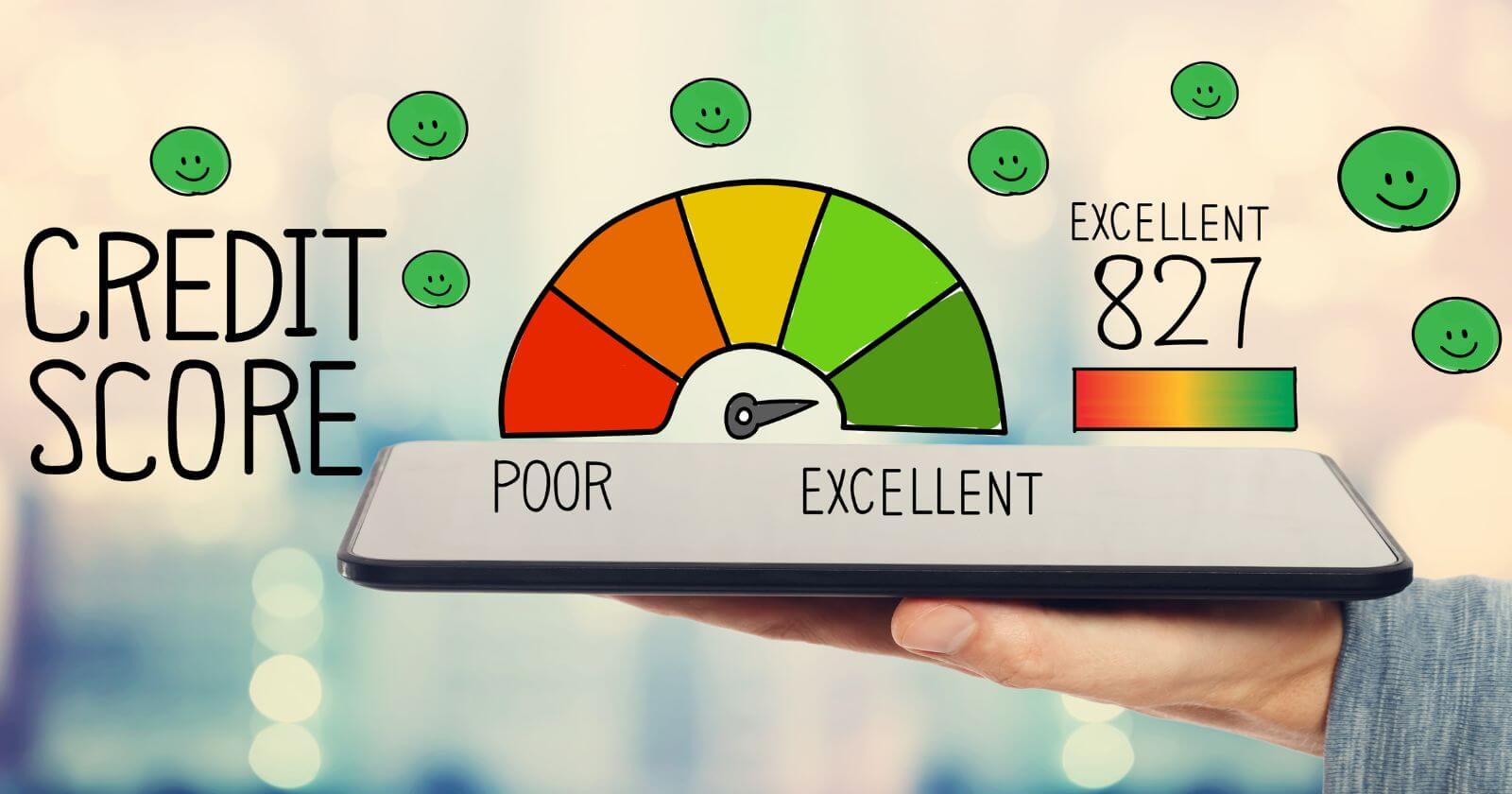Here we continue with the second part of our series “Basics of protecting your credit”. In the first part of the series, we talked about some options to protect your credit, including Fraud Alert, Credit Freeze and DIY Credit Monitoring.
Watch the video or read on below.
Paid Credit Monitoring Services
If these options do not suffice for you, you can opt for a paid Credit Monitoring Service. And expect to cough up anywhere from $10 to $30 per month to have your credit monitored for you.
- Credit monitoring services can be obtained from several sources. These include some big banks, the three Credit Bureaus, Credit Scoring giant FICO. And dedicated Credit Monitoring companies such as LifeLock and Identity Guard.
- They monitor your credit at one or more of the three Bureaus, depending on the plan you choose and alert you if there is any new activity.
- You also have access to your Credit Reports and Scores
- These plans come with varying degrees of bells and whistles. They can include assistance with fraud resolution, ID Theft risk assessment and expense reimbursement to resolve ID theft. Please note, this only includes reimbursement for expenses related to resolve the fraud, not reimbursement for stolen assets.
- Premium plans may also include keystroke encryption software & Antivirus and anti-spyware.
- Bottom line, do your homework researching the company you opt to go with, if you do go this route and carefully select the services you require.
Limitations of Credit Monitoring Services
- Most of their algorithm is REACTIVE, which means they detect theft or fraud attempts after they have occurred.
- Another drawback is they don’t catch all kinds of ID theft. For example, if your stolen information is used to get a job, apartment or cell phone- something that’s not ordinarily reported to the Credit Bureaus, it will not get picked up by Credit Monitoring.
- In this regard, broader Identity Monitoring that surveil available public records for your personal information and plans that survey the dark web for illegal trading of your personal information may be valuable.
- Also, if only part of your ID is fraudulently used. Say only a Social Security number. And coupled with a fake name, Date of Birth and address, it would create a whole different file and won’t show up on your Credit Report. This is called Synthetic ID Theft.
- Finally, this is only a detection program. Even with their assistance, getting fraud/errors rectified remains time taking, burdensome and expensive.
Who Should Consider Paying for Credit Monitoring?
- Firstly, it is a personal risk tolerance issue. No price is too high to get a good night’s sleep.
- Next, If you’re anticipating needing a big loan. Maybe you are getting a mortgage in a few months to a year. And you don’t want to screw up your credit.
- Also, If you know your data to have been compromised in a security breach. Though by now, it includes most, if not all of us!
- And, In cases of “Mixed Credit Files“. If you have a very common name, your information could be mixed with another person of the same name. Or if you and a family member share the same name and address. Such mixups can happen repeatedly, so it may be prudent to stay on top of it.
Protecting Your Credit with Digital Wallet
A new upcoming technology that provides a faster, more convenient payment option. But for our purposes here, also more secure than your leather wallet.
Some examples are Apple Pay, Google Wallet, Samsung Pay, Visa Checkout & Mastercard’s MasterPass.
Tokenization
The basic premise behind the Digital Wallet is “tokenization”. Margaret Rouse at TechTarget defines it as the “process of replacing sensitive data with unique identification symbols that retain all the essential information about the data without compromising its security.”
It comes from the idea of tokens you use at a fair or festival. You can use them in place of cash to pay for games or food during the fair. But they are useless outside of it.

How Does a digital Wallet Work?
- A Digital Wallet lets you store credit and debit card information inside it. You can load one or more cards on it.
- It is an app on your phone or wearable device, secured with a password or fingerprint-ID.
- When you use the Digital Wallet to make a transaction, it does not transfer your credit card information to the merchant terminal. Instead, it generates a random code- the token, unique to that transaction. Even if a hacker got hold of this code, it would be useless outside of that transaction.
- Most early adopters of the technology have been high-net worth individuals, millennials and urbanites.
- It is not very widely available yet. As of 2017, only about 35% of merchants had Digital Wallet payment systems in place, though this number is rapidly growing.
- Because the payment, in some cases, doesn’t go directly between card and merchant, not all of the Digital Wallets let you earn Credit Card rewards.

Lastly, I would like to mention another useful resource when you have been a victim of Identity Theft: IdentityTheft.Gov. The site lets you report the ID Theft to the Federal Trade Commission and walks you through the steps you need to take to repair the damage.
With this, we come to an end of the series: Protecting your Credit: The Basics. Do you use any of these Credit protection measures for yourself? What has been your experience? I would appreciate your thoughts, thank you!




